When the British painter Gluck was ‘banned’ from helping to organise her own show at the Fine Art Society in 1973, she rented a room in the hotel across the street to keep watch over the exhibition. This is not surprising; the display marked her first with the gallery since 1937 and Gluck was an artist keenly invested in her self-presentation. While the exhibition was critically well received at the time, Gluck has since fallen into relative obscurity. The current exhibition at the Fine Art Society comes more than 90 years after Gluck first showed with the gallery and serves to rethink the legacy of an artist who rebelled against artistic and gender norms.
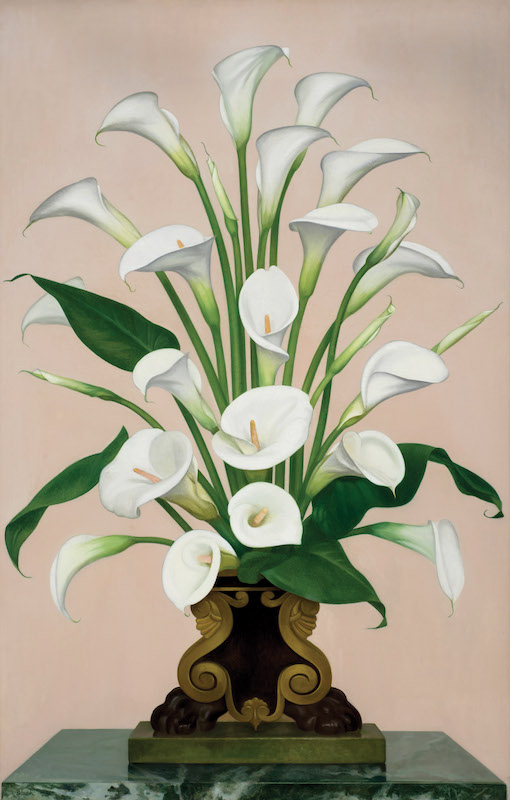
Lilies (c. 1932–36), Gluck. Private collection
Born Hannah Gluckstein (1895–1978) into a wealthy Jewish family – her father was the co-founder of the Lyons catering empire – she emerged as one of the most subversive artists of the early 20th century. Deciding to become an artist, she studied at St John’s Wood before joining an artist’s colony in Lamorna, Cornwall. By the age of 23, Gluckstein took on the genderless name Gluck – with no ‘suffix, prefix or quotes’ – and adopted an androgynous style, cutting her hair short and smoking a pipe. Like her identity, Gluck’s art is hard to pin down – she refused to identify with any particular artistic style or school. Featuring 32 works ranging from landscapes to flower paintings, the exhibition at the Fine Art Society prioritises the paintings themselves over any biographical or contextual material.
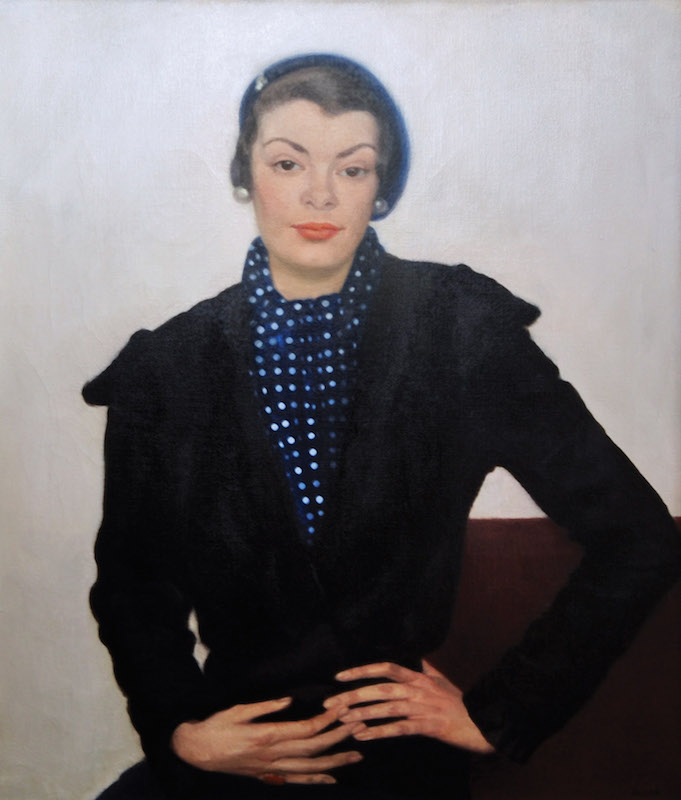
Portrait of Miss Watts (1932), Gluck. Private collection
Gluck’s work gained critical and commercial recognition in the 1920s and ’30s, and she became well known for her portraits and highly detailed flower paintings, such as Lilies (c. 1932–36). The portraits on show at the Fine Art Society, in particular the Portrait of Miss Margaret Watts (1932) and Ephebe – a Tunisian Boy (1937), show Gluck at her best. It is the 1927 work Spiritual, however, that is the most accomplished. The subject, a young black man against a black background, with his gaze cast down, is more intimate than any of her other portraits. The work belonged to the florist Constance Spry, Gluck’s lover from 1932–36 – in fact it was she who inspired the artist’s interest in floral arrangements. The painting is frustratingly exhibited behind glass at the Fine Art Society, where some of the work’s finer details are lost.
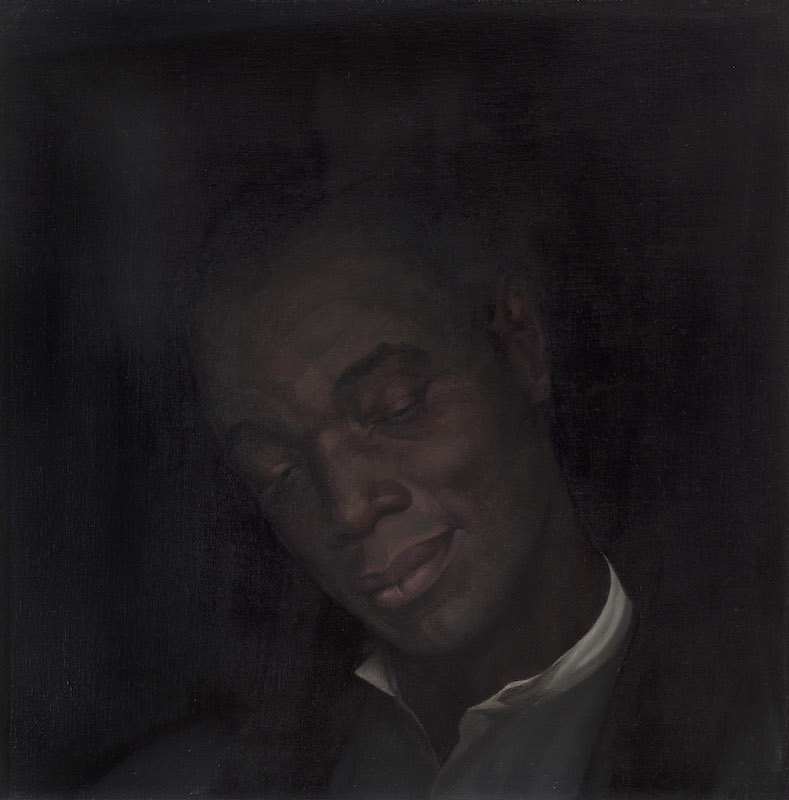
Spiritual (Study of a Negro Head) (1927), Gluck. Private collection
The exhibition also includes one of Gluck’s most celebrated paintings, Medallion (YouWe) (1937), a dual-portrait that depicts the artist and her lover, the American socialite Nesta Obermer. Immortalising a deeply personal and significant relationship, the work’s grand, sculptural quality belies its surprisingly small size. Obermer remained married to her wealthy husband during her affair with Gluck but the couple spent much time together. Gluck and Nesta also appear in The Punt (c. 1937), in which the couple embrace on a boat resting on the lake near the Obermers’ country property in Sussex. The work was rejected for Gluck’s 1973 exhibition at the Fine Art Society for being too suggestive.
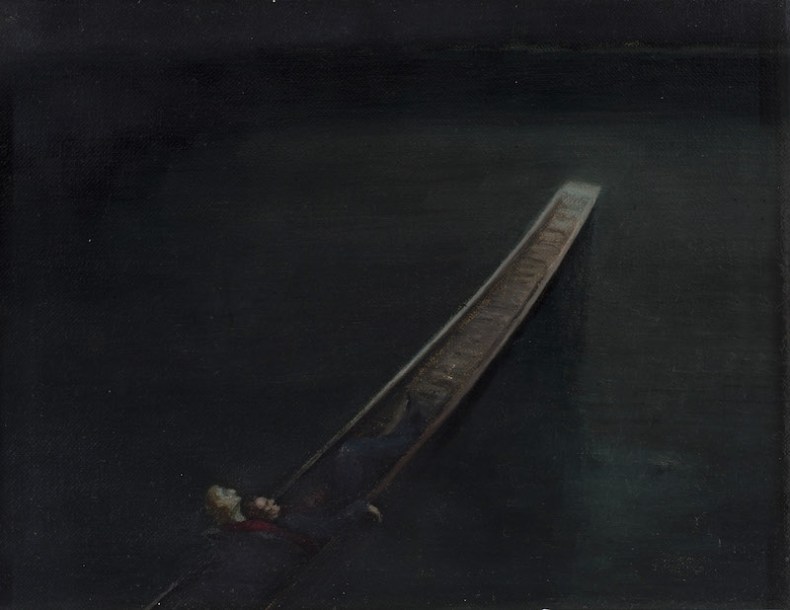
The Punt (c. 1937), Gluck. Private collection
In the 1950s Gluck spearheaded a campaign for better quality oil paints, beginning a ‘paint war’ that resulted in the British Standard Institution creating a new standard for oil paint. The all-consuming nature of the campaign meant that Gluck abandoned painting for over a decade, a contributing factor in her fall into obscurity. She returned to painting with vibrant floral still lifes in the late 1960s, producing works such as Orchestra (1967), which was painted from life over a number of months. Her 1973 exhibition at the Fine Art Society, her first in years, would also be her last – the artist died five years later. Gluck’s final work, and one of her most important, is Credo (Rage, Rage Against the Dying of the Light) (1970–73). Depicting a decomposing fish washed up on the shores of Worthing Beach, the muted work is in marked contrast to Gluck’s earlier vibrant, detailed flower works.
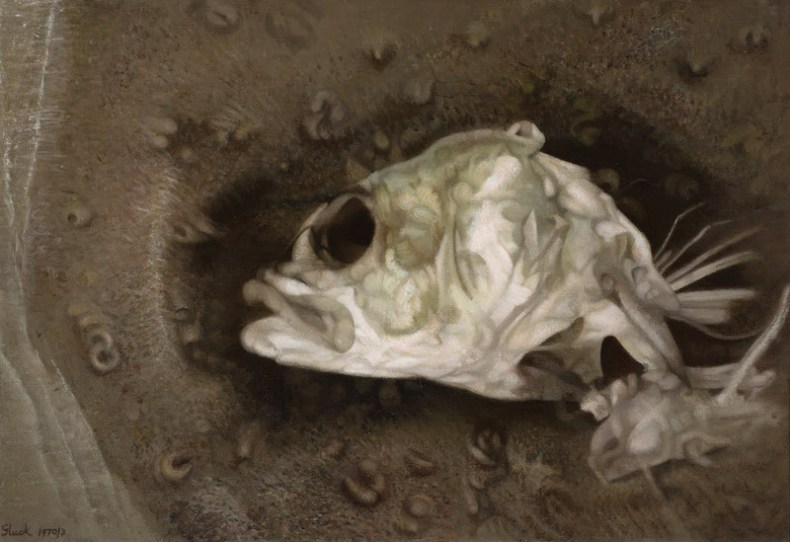
Credo (Rage, Rage Against the Dying of the Light) (1970–73), Gluck. Private collection
The group of Gluck’s works on paper, although an interesting opportunity to see her work in a different medium, are overshadowed here by her paintings. The Wave (1966) is similar in composition and style to the later sketch Worthing (1969), but her experimentation with colour translates more effectively in paint. In highlighting her best pieces, such as Spiritual, the exhibition draws attention to her less successful, conventional experiments. More formally composed landscapes, like Cottages Below the Downs (1968), feel quaint beside her expansive landscapes such as Cornwall Landscape (1968) and St. Buryan (1968), which play on the contrast between vast skies and smaller details. The figure in Ernest Thesiger (1925–26), although demonstrative of Gluck’s experiments with painting people, appears stiff and caricature–like in comparison to her later portraits.
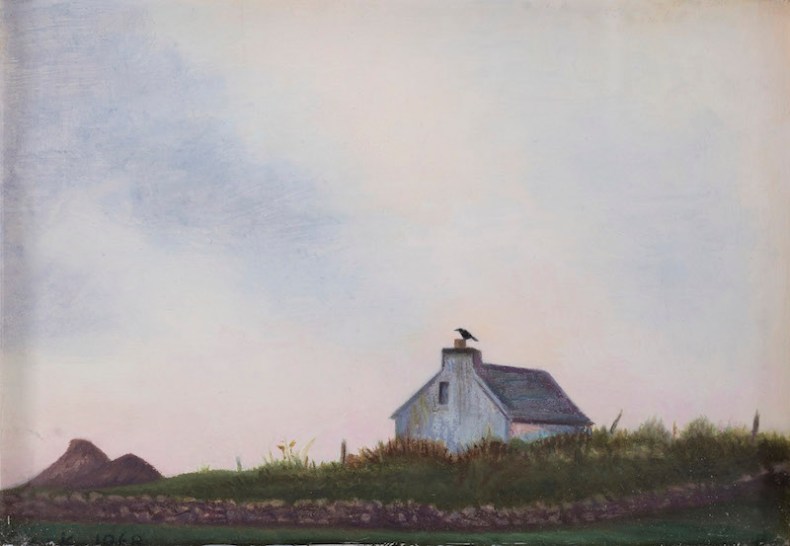
St. Buryan (1968), Gluck. Private collection
The exhibition at the Fine Art Society goes some way to restoring critical interest in Gluck and her work has renewed resonance in the context of the 50th anniversary of the decriminalisation of homosexuality. Her pioneering role in challenging gender stereotypes has, however, led to the idea that Gluck’s art itself is rebellious, something not in evidence here – despite her clear refusal to conform to one style or movement. According to Diana Souhami, author of the 1988 artist’s biography: ‘She was, more than most, full of paradoxes and contradictions.’
‘Gluck’ is at the Fine Art Society until 28 February.
Unlimited access from just $16 every 3 months
Subscribe to get unlimited and exclusive access to the top art stories, interviews and exhibition reviews.

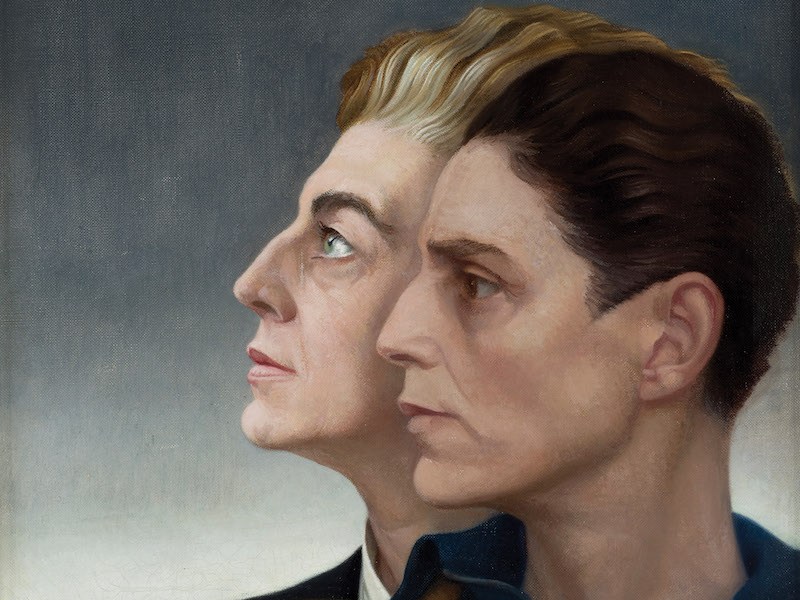

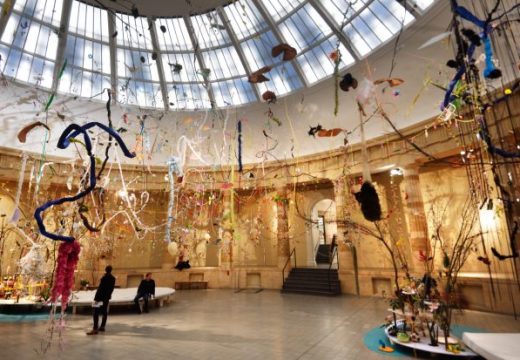










![Masterpiece [Re]discovery 2022. Photo: Ben Fisher Photography, courtesy of Masterpiece London](http://www.apollo-magazine.com/wp-content/uploads/2022/07/MPL2022_4263.jpg)
Why are fathers so absent from art history?